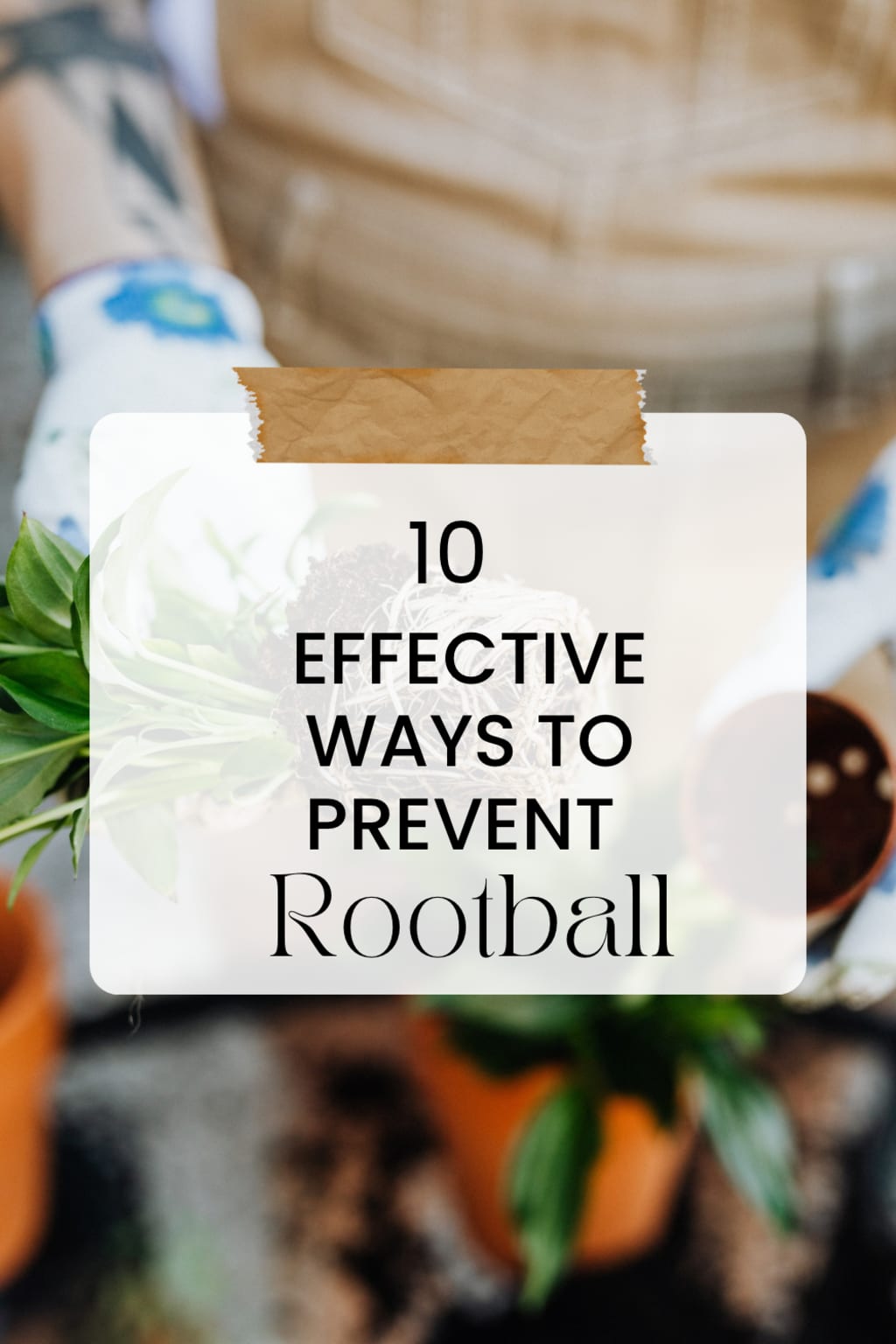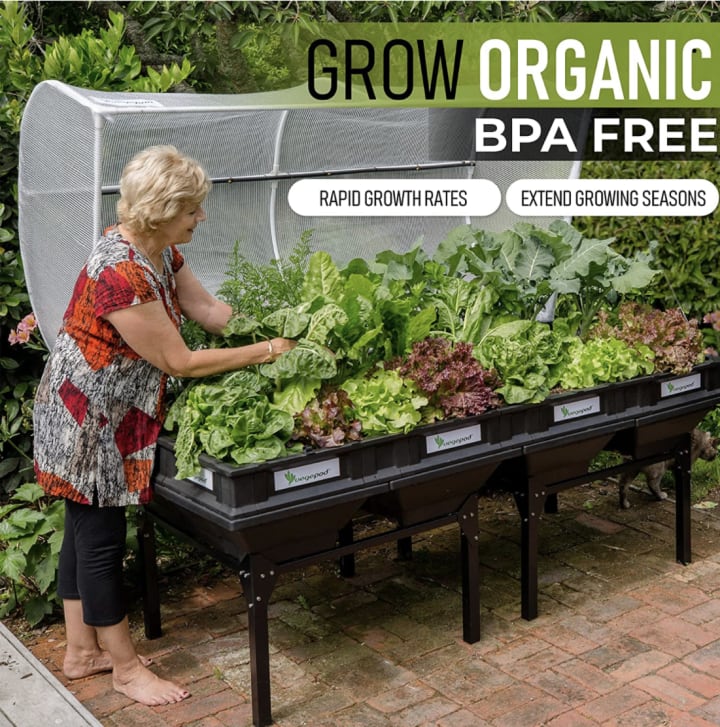
Introduction:
Rootball, also known as circling roots, is a common issue that can affect the health and growth of plants, especially container-grown trees and shrubs. When roots continuously grow in a circular pattern around the rootball, they can become restricted and hinder the plant's ability to absorb nutrients and moisture effectively. To help you prevent rootball and ensure the long-term vitality of your plants, here are ten effective methods along with some helpful life hacks.
Choose the right container:
My recommendation Vegepod

Opt for containers with sufficient depth and width to accommodate the plant's root system. This will allow the roots to grow freely and prevent them from circling around the rootball.
Loosen the roots: Before planting, gently loosen the roots at the edges of the rootball. This will encourage outward root growth and discourage them from circling. If the roots are densely matted, use your fingers or a tool to tease them apart.
Plant at the correct depth: Ensure that you plant the tree or shrub at the appropriate depth, following the guidelines specific to the plant species. Planting too deep or too shallow can lead to root circling and potential issues down the line.
Apply root-stimulating hormones: Rooting hormones can encourage the growth of new roots and discourage circling. Use a root-stimulating hormone when planting to promote healthy root development and prevent rootball formation.
Use root pruning techniques: For plants that are already showing signs of circling roots, employ root pruning techniques. By cutting and removing the encircling roots, you can redirect the growth towards healthier root development.
Employ root barriers: Placing a physical barrier, such as a fabric root control bag, can prevent the roots from extending beyond the desired area. This technique is particularly useful for plants near structures or in small garden spaces.
Water deeply and infrequently: Frequent shallow watering encourages roots to stay close to the surface, increasing the likelihood of rootball formation. Instead, water deeply and less frequently to encourage downward root growth.
Mulch properly: Apply a layer of organic mulch around the base of the plant, leaving a gap near the stem or trunk. Mulching helps retain moisture and regulate soil temperature, promoting healthy root growth and minimizing rootball issues.
Regularly inspect and trim roots: Periodically check container-grown plants for signs of circling roots. If you notice any, carefully trim them to redirect the growth outward. Be cautious not to remove too many healthy roots in the process.
Transplant at the right time: If you notice a plant with severe root circling, consider transplanting it to a larger container or into the ground during the dormant season. This allows the plant to establish new roots without the added stress of active growth.
Life Hacks:
Soak rootbound plants in water before planting to help loosen the tangled roots.
Create a root pruning pattern by slicing the rootball with a sharp knife, encouraging new root growth outward.
Add mycorrhizal fungi to the planting hole to enhance root development and reduce the likelihood of root circling.
Place rocks or broken terracotta pieces in the bottom of containers to improve drainage and prevent water saturation.
Use a moisture meter to monitor soil moisture levels and prevent overwatering, which can lead to shallow root growth.
Employ air pruning pots or containers with air vents to encourage root branching and discourage circling roots.
Consider transplanting container-grown trees and shrubs into the ground, where they can establish a more extensive root system.
Keep an eye out for signs of stress, such as wilting or stunted growth, as these can indicate rootball issues. Take prompt action if you notice any problems.
Regularly rotate container plants to ensure even root growth and discourage root circling on one side.
Seek advice from local nurseries or gardening experts who can provide guidance specific to your region and plant species.
Preventing rootball is crucial for the long-term health and vitality of container-grown plants. By implementing these ten effective methods and incorporating helpful life hacks, you can encourage healthy root growth and minimize the risk of root circling. Remember that each plant species may have unique requirements, so understanding the specific needs of your plants is essential. With proper care and attention, you can ensure that your plants thrive and flourish for years to come






Comments
There are no comments for this story
Be the first to respond and start the conversation.